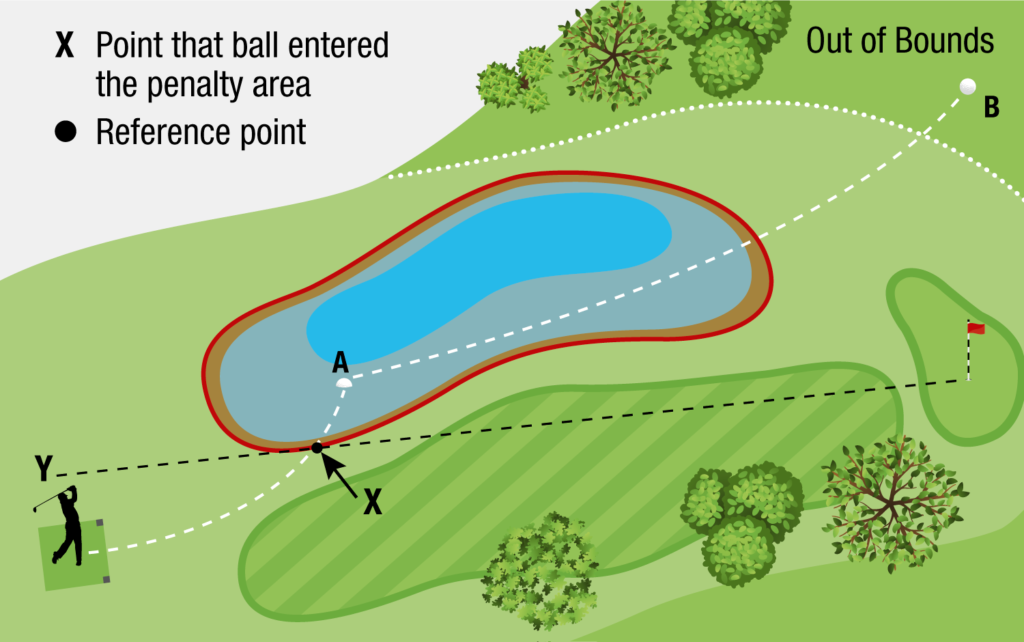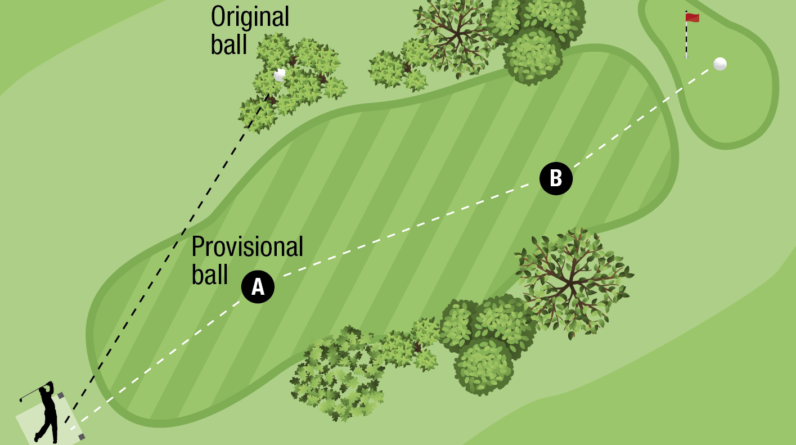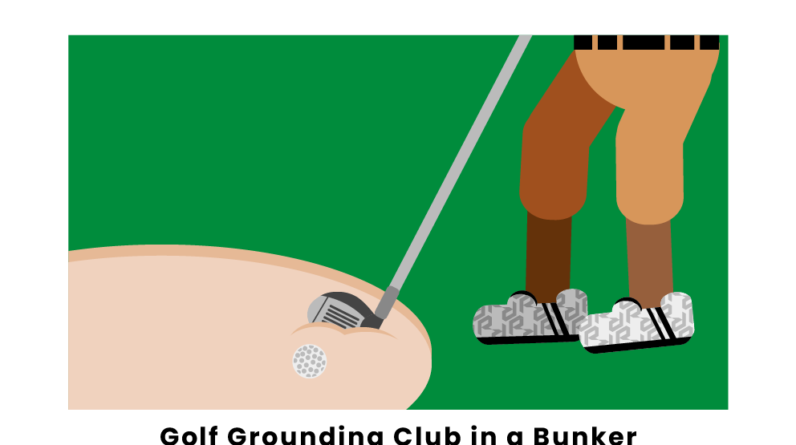So, you’re out on the golf course, enjoying a round with your friends, when suddenly your tee shot goes soaring into the trees and lands in the neighbor’s yard. Oops! Now, you’re left wondering, what’s the penalty for hitting a ball out of bounds? In this article, we’ll explore the consequences of a wayward shot, whether it’s on the golf course, the tennis court, or any other sports field. Get ready to brush up on your knowledge of the rules and find out what happens when your ball takes an unexpected detour!
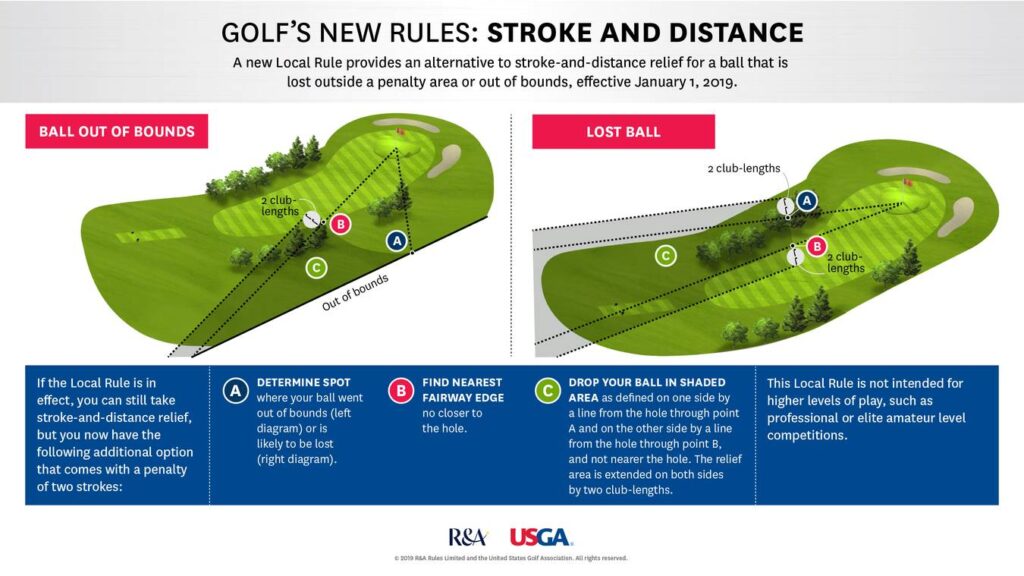
Overview of Hitting a Ball Out of Bounds
Hitting a ball out of bounds is a common occurrence in various sports, and it often comes with penalties or consequences. Whether it’s in golf, tennis, football, baseball, basketball, volleyball, cricket, hockey, or soccer, going out of bounds can result in a loss of points, penalties, and even potential turnovers. Understanding the rules and regulations for each sport is crucial to avoid any unnecessary penalties and maintain fair play.
Golf
Stroke and Distance Penalty
In golf, hitting the ball out of bounds comes with a stroke and distance penalty. This means that not only do you incur a penalty stroke for hitting the ball out of play, but you also must return to the spot from where you last played and hit a new shot. This combination of penalty strokes and a longer distance to the hole can greatly impact your overall score.
Drop Procedure
After incurring a stroke and distance penalty, golfers must follow a specific drop procedure. They must drop the ball within two club-lengths of the point where the ball crossed the out-of-bounds line, not nearer to the hole. This ensures that the golfer has a fair chance to continue their play without gaining an advantage from the out-of-bounds shot.
Lost Ball Penalty
If the ball cannot be located after being hit out of bounds, a lost ball penalty is added. This penalty means that not only is the player required to take the stroke and distance penalty, but they also incur an additional penalty stroke. This emphasizes the importance of accuracy and focus in golf, as losing a ball can have significant consequences for the player’s score.
Tennis
Out or Wide
In tennis, hitting the ball out of bounds on the side results in an “out” or “wide” ruling. When the ball is hit outside the court’s lines, it is considered out, and the point is awarded to the opponent. Similarly, if the ball is hit wide, beyond the outer sideline, the point goes to the opponent. It’s crucial for players to have control and precision when hitting the ball to avoid conceding points due to out or wide shots.
Losing a Point
Hitting the ball out of bounds in tennis commonly results in a point loss. Whether through a shot that goes significantly long, wide, or out of the court’s lines, the point is awarded to the opponent. This penalty ensures that players focus on keeping the ball within the boundaries and prevents them from gaining an unfair advantage by hitting balls that are unplayable or unreachable by their opponents.
Faults and Double Faults
A fault in tennis occurs when the server’s serve does not land within the acceptable boundaries of the service box. If the server hits two consecutive faults, it results in a double fault, leading to a point loss for the serving player. Hitting the ball out of bounds while serving can also count as a fault, emphasizing the importance of precision and accuracy in serving.
Football
Ball Crossing the Touchline
In football (soccer), when the ball crosses the touchline on the sides of the field, it’s considered out of bounds. In this situation, a throw-in is awarded to the opposing team from the point where the ball went out. This allows for a fair restart of play and gives both teams equal opportunities to regain possession.
Throw-in
A throw-in is the method used to restart play after the ball goes out of bounds on the sides of the football field. When the opposing team is awarded a throw-in, a player from their team stands near the point where the ball went out and throws it back into play with both hands over their head. The thrower’s movement and position must adhere to the rules to ensure fair play and a proper restart.
Corner Kick
If the ball crosses the out-of-bounds line at the end of the field, known as the goal line, but not between the goalposts, a corner kick is awarded. A corner kick gives the attacking team an opportunity to score directly from the corner of the field. It provides an exciting moment in the game and allows the attacking team a chance for a strategic play to try to score a goal.
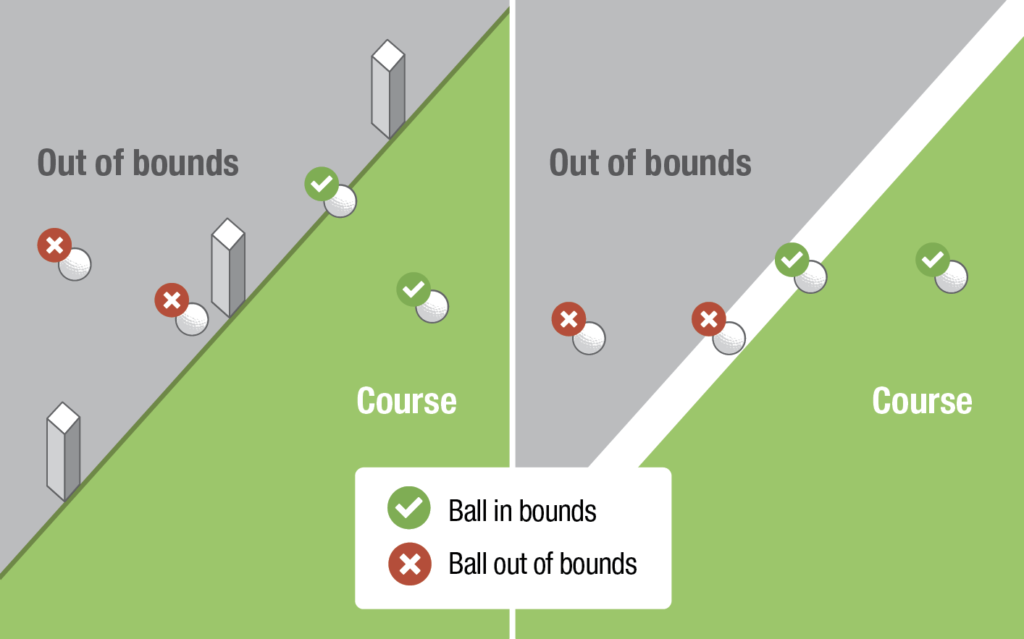
Baseball
Foul Ball
In baseball, when a batter hits the ball out of bounds down the first and third base lines, it is considered a foul ball. However, a foul ball is not automatically penalized. Instead, it is counted as a strike against the batter. If a batter accumulates three strikes, they are out, regardless of whether the strikes were due to fouls or missed swings. Foul balls give batters a chance to continue their at-bat while also testing their skill and precision.
Strikes and Balls
When a ball is hit out of bounds in baseball, the result usually depends on the specific situation. If a batter swings and misses the ball, it’s counted as a strike. However, if the ball is thrown and does not pass through the strike zone, it is considered a ball. Strikes and balls determine the count for the batter, affecting their chances of reaching base, scoring runs, or getting out, depending on the count and the specific game situation.
Baserunner Penalties
If a baserunner hits the ball out of bounds, it typically results in a penalty. For example, if a baserunner hits a fair ball that bounces out of play, they are awarded two bases from the point where they were when the ball left the field. This rule ensures that baserunners are not unduly penalized for a ball that goes out of bounds while still rewarding them for their offensive efforts.
Basketball
Out of Bounds Violation
In basketball, when a player touches the ball while any part of their body is out of bounds, it is considered an out of bounds violation. This results in the opposing team gaining possession of the ball through a turnover. It’s crucial for players to be aware of their position on the court to avoid this violation and maintain control of the ball.
Inbounding the Ball
After an out of bounds violation, the opposing team is awarded possession of the ball. The team who did not touch the ball last before it went out of bounds is responsible for inbound the ball. This involves passing or throwing the ball back into play from the sideline or baseline, depending on where the ball went out. Inbounding the ball properly and efficiently is essential to maintain offensive momentum and prevent the opposing team from gaining an advantage.
Turnover Possession
When a player hits the ball out of bounds or commits a violation, it results in a turnover, meaning the opposing team gains possession of the ball. Turnovers can have a significant impact on the game, as they allow the opposing team an opportunity to score or regain control. Maximizing ball control and limiting turnovers are crucial aspects of successful basketball play.
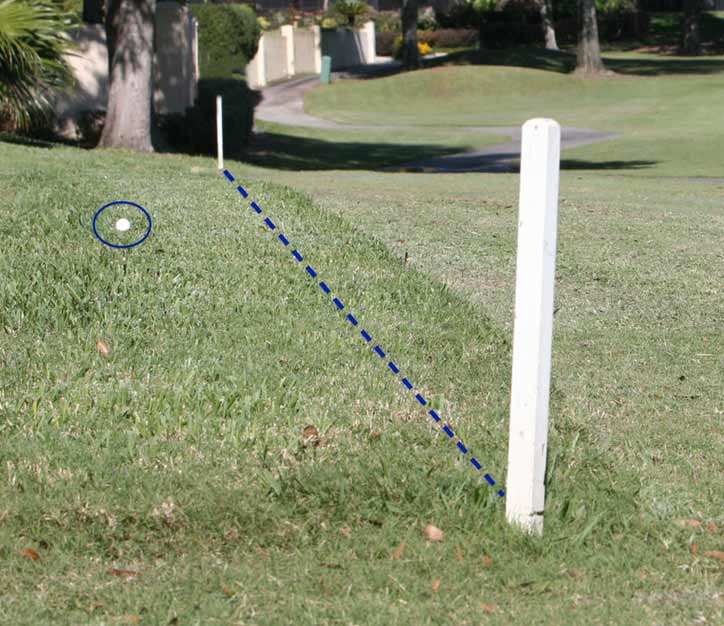
Volleyball
Ball Crossing the Boundary Lines
In volleyball, when the ball crosses the boundary lines, it is considered out of bounds. If a player touches the ball after it has crossed the boundary lines, it results in a violation and a point is awarded to the opponent. Players must be attentive and avoid touching the ball once it has gone out of bounds to prevent giving away easy points to the opposing team.
Point Awarded to Opponent
Once the ball has crossed the boundary lines and a player from the opposing team touches it, a point is awarded to the opponent. This rule ensures that fair play is maintained and that teams are rewarded for keeping the ball in play within the boundaries. It also encourages players to focus on accuracy and control to prevent unnecessary point losses.
Rotation Violation
In volleyball, players rotate positions on the court to ensure equal opportunities and fairness. If a player does not rotate properly or violates the rotation rules, it results in a point awarded to the opposing team. This emphasizes the importance of following the rules and regulations of the game and ensures that all players have an equal chance to contribute to their team’s success.
Cricket
Boundary Hit
In cricket, when the ball is hit out of bounds, it is considered a boundary hit. Depending on the situation, a boundary hit can result in different outcomes. If the ball bounces before crossing the boundary, it is awarded four runs. However, if the ball crosses the boundary without bouncing, it is awarded six runs. Boundary hits are desirable for the batting team as they contribute significantly to their score.
Scoring Runs
In cricket, hitting the ball within the designated boundaries without going out of bounds allows for scoring runs. Each time the batsmen successfully completes a run from one end of the pitch to the other, one run is awarded. Scoring runs is essential for the batting team to accumulate points and build a strong score against the fielding team.
Outs and Penalties
In cricket, if the ball is hit out of bounds and caught by a fielder without bouncing, it results in a dismissal. This means the batsman is out and must leave the field. Additionally, if the batsman hits the ball out of bounds but does not make it to the other end of the pitch or does not touch their bat to the ground beyond the boundary line, it is considered a boundary penalty. This awards five runs to the batting team. Understanding the outs and penalties in cricket is essential to strategize and avoid unnecessary dismissals.
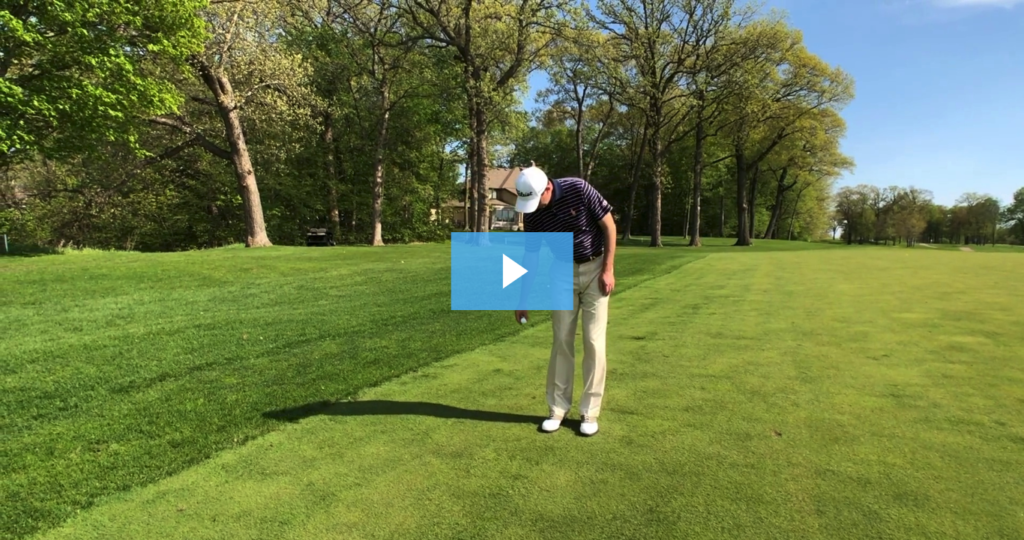
Hockey
Puck Crossing the Boundary Line
In hockey, when the puck crosses the boundary line, it is considered out of bounds. The opposing team is awarded possession through a free hit from the point where the puck went out. This ensures that fair play is maintained and provides both teams with equal opportunities to gain possession of the puck.
Faceoff
After the puck goes out of bounds, a faceoff is held at the point where it crossed the boundary line. A faceoff involves two players from opposing teams facing each other, and the referee drops the puck between them. The players then compete to gain control of the puck. Faceoffs are crucial moments in a hockey game, as they can provide opportunities for quick scoring plays or defensive strategies.
Penalty Corner
When the ball unintentionally crosses the boundary line by a defending team’s player’s actions, a penalty corner is awarded to the opposing team in field hockey. During a penalty corner, the attacking team takes a shot at the goal from a designated spot just outside the shooting circle. This creates an exciting opportunity for the attacking team to score while the defending team tries to prevent the goal.
Soccer
Ball Crossing the Goal Line
In soccer, when the ball crosses the goal line, it is considered either a goal or a corner kick, depending on which team touched it last. If the attacking team last touched the ball before it crossed the goal line, a corner kick is awarded to the defending team. If the defending team last touched the ball, a goal is awarded to the attacking team. Scoring a goal is the ultimate objective in soccer and can greatly influence the outcome of the game.
Goal Kick
When the ball crosses the goal line without resulting in a goal and was last touched by an attacking player, a goal kick is awarded to the defending team. A goal kick allows the defending team’s goalkeeper to take a free kick from within the goal area. This restarts the play and allows the defending team a chance to regain control of the ball and resume their offensive or defensive strategies.
Penalty Kick
In soccer, hitting the ball out of bounds as a result of a foul or handball within the penalty area can result in a penalty kick being awarded to the opposing team. This provides the attacking team with a direct opportunity to score a goal, with only the defending team’s goalkeeper between them and the net. Penalty kicks are high-pressure moments in soccer and can significantly impact the outcome of the game.
Understanding the penalties and consequences for hitting a ball out of bounds is crucial in any sport. Whether it’s golf, tennis, football, baseball, basketball, volleyball, cricket, hockey, or soccer, adhering to the rules and regulations is essential for fair play and maintaining the integrity of the game. By knowing the specific penalties for each sport, you can avoid unnecessary errors, maximize your performance, and enjoy the excitement of competitive sports.
